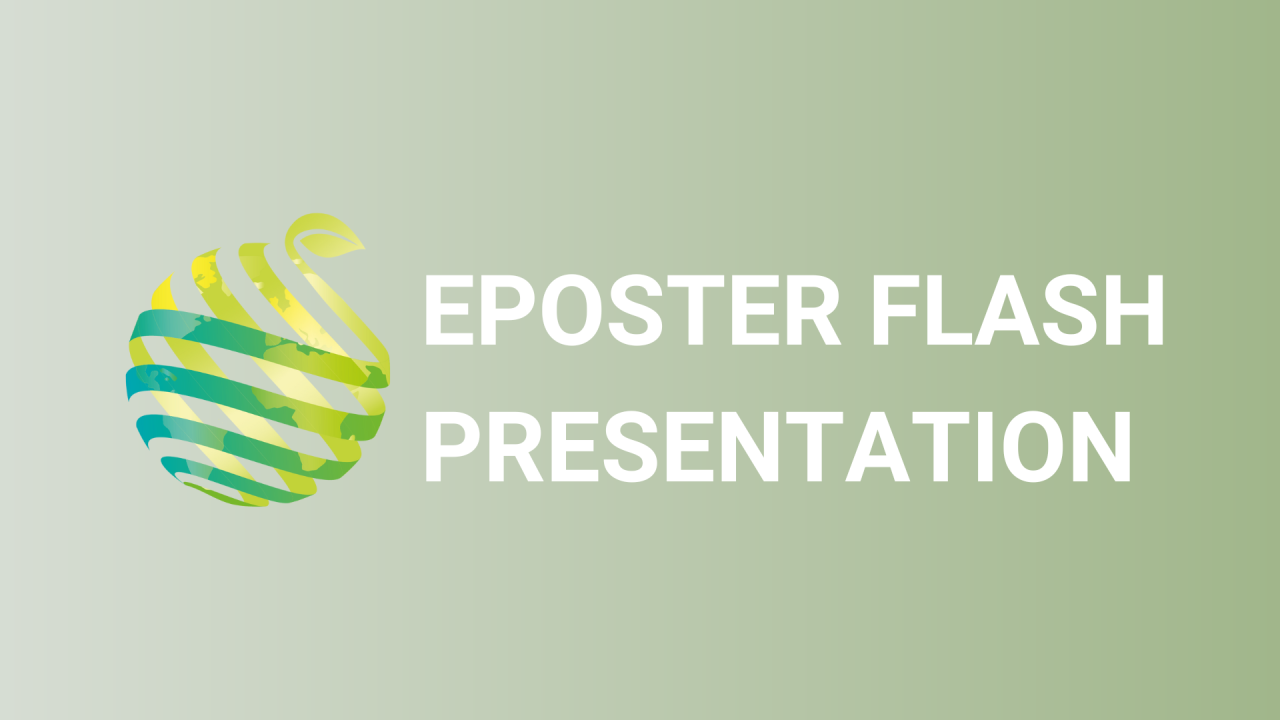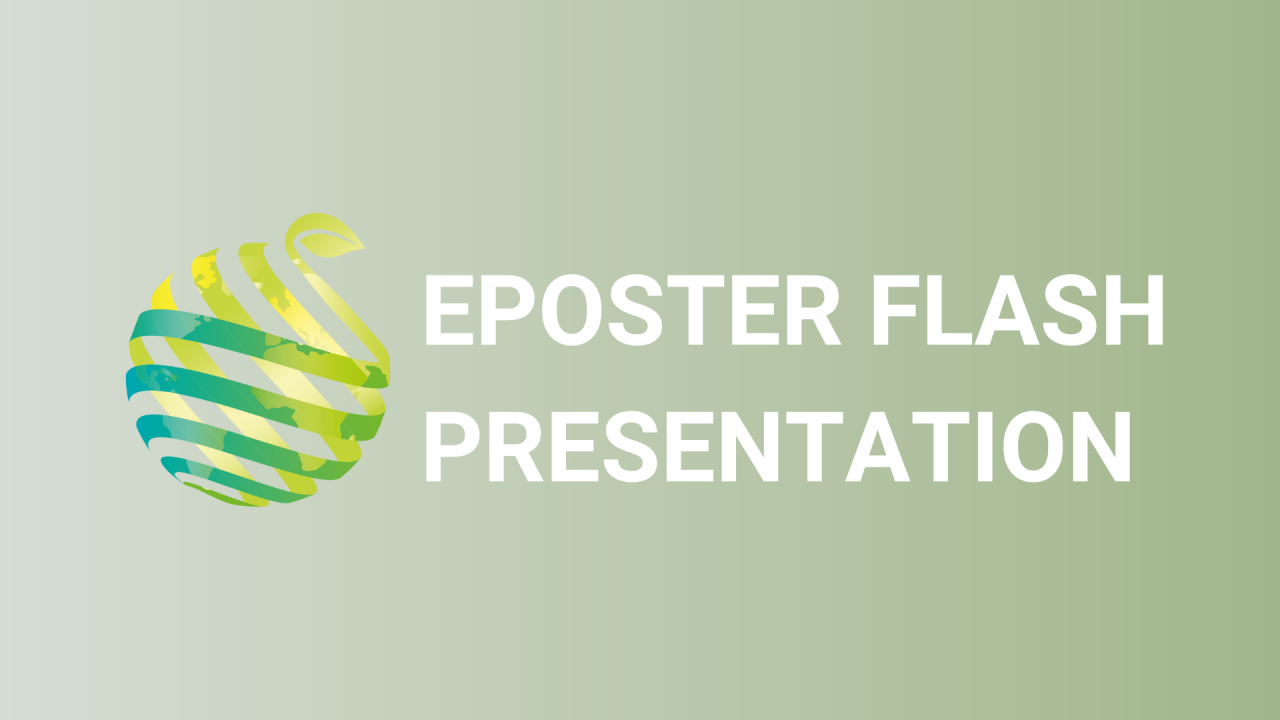

S14 - Session P6 - Genetic and chemical analyses of Alternaria and Curvularia species associated to leaf spot disease on date palm, in South Tunisia
Information
Authors: Amal Rabaaoui *, Stefaan Werbrouck , Antonio Moretti , Chiara Dall'Asta
Date palm ( Phoenix dactylifera L.), is widely cultivated across North Africa. In Tunisia, with about 300 thousand tons of fruits produced per year, and occupies a strategic place in the socio-economic stability of semiarid and arid regions. Several biotic and abiotic factors can compromise date palm cultivation. A wide range of fungal pathogens have been associated to date palm plants showing symptoms of leaf spots. However, Alternaria species are reported as the most frequent pathogens. Samples of symptomatic plant parts of the common Deglet Nour variety were randomly collected in six localities, in Tunisia. Among the fungal strains, we have selected 50 strains, based on morphological features, that were shown to be Alternaria (45 strains) and Curvularia (5 strains). A polyphasic approach, based on morphological characterization, phylogenetic studies and analyses of mycotoxin profile, was carried out for each strain, in order to provide a correct identification at species level. In addition, the pathogenicity of representative strains for each species was tested on date palm plantlets. Sequencing of allergen-alt-1a , glyceraldeyde3-phosphate dehydrogenase and calmodulin genes allowed us to group 35 strains, identified as A. arborescens , A. tenuissima and A. alternata species, in Alternaria Section, and 10 strains identified as A. consortialis in Ulocladioides Section. Based on combined ITS, GPD and EF-1α genomic regions sequencing analyses, all 5 Curvularia strains were identified as C. spicifera . The capability to produce in vitro alternariol (AOH), alternariol monomethyl ether (AME), altenuene (ALT), tenuazonic acid (TA), tentoxn (TEN) was analyzed. All A. consortialis strains did not produced any mycotoxin, whereas more than 80 % of the strains, included in Alternaria section, produced very variable amounts multiple mycotoxins such as AOH, AME, TEN and TA. In addition, 40 % of the strains Alternaria section produced also ALT. Finally, all Alternaria and Curvularia strains, tested on date palm plantlets, were pathogenic, complying Koch's postulates. This work reports a comprehensive multidisciplinary study of fungal pathogens associated to leaf spot disease on date palm, that regards both phytopathological and food safety issues.Date